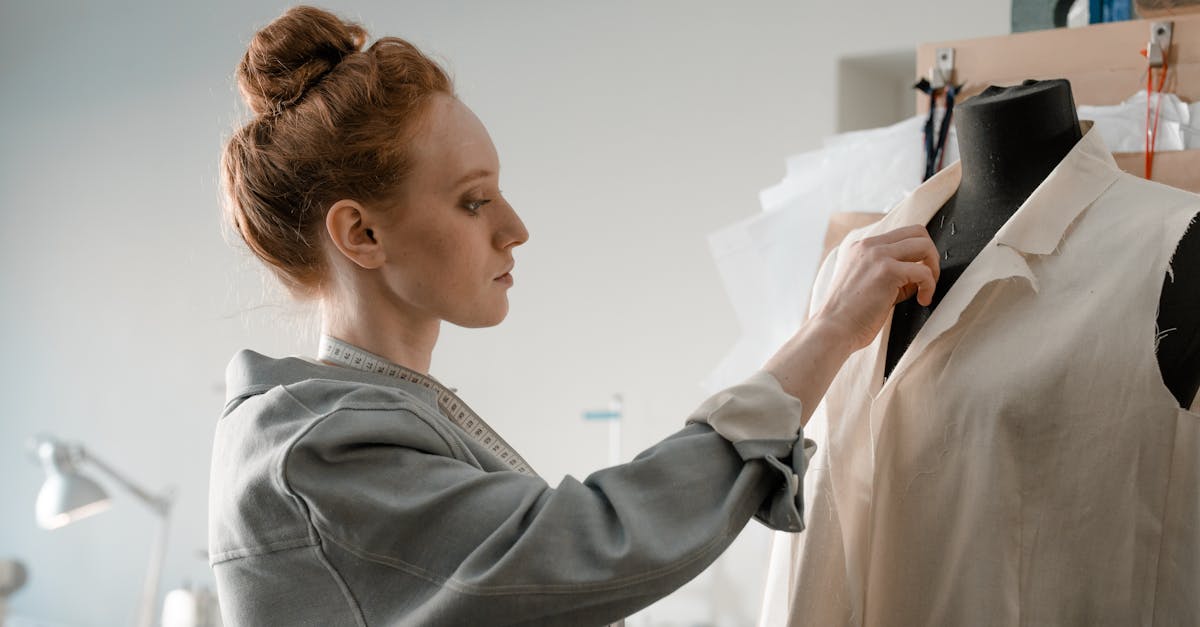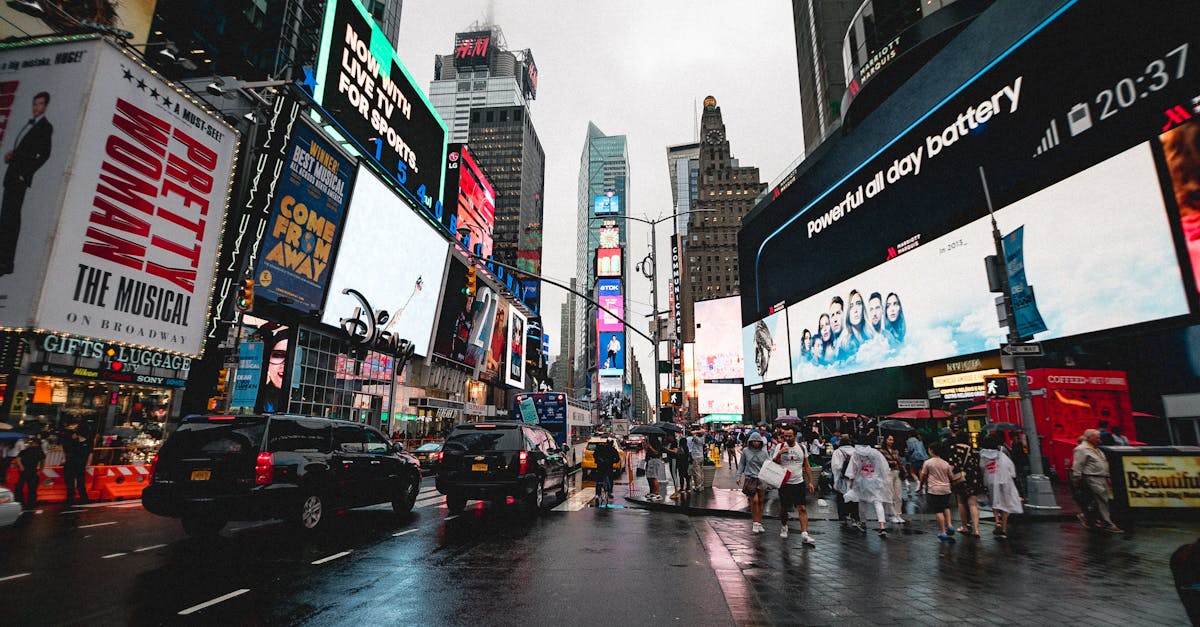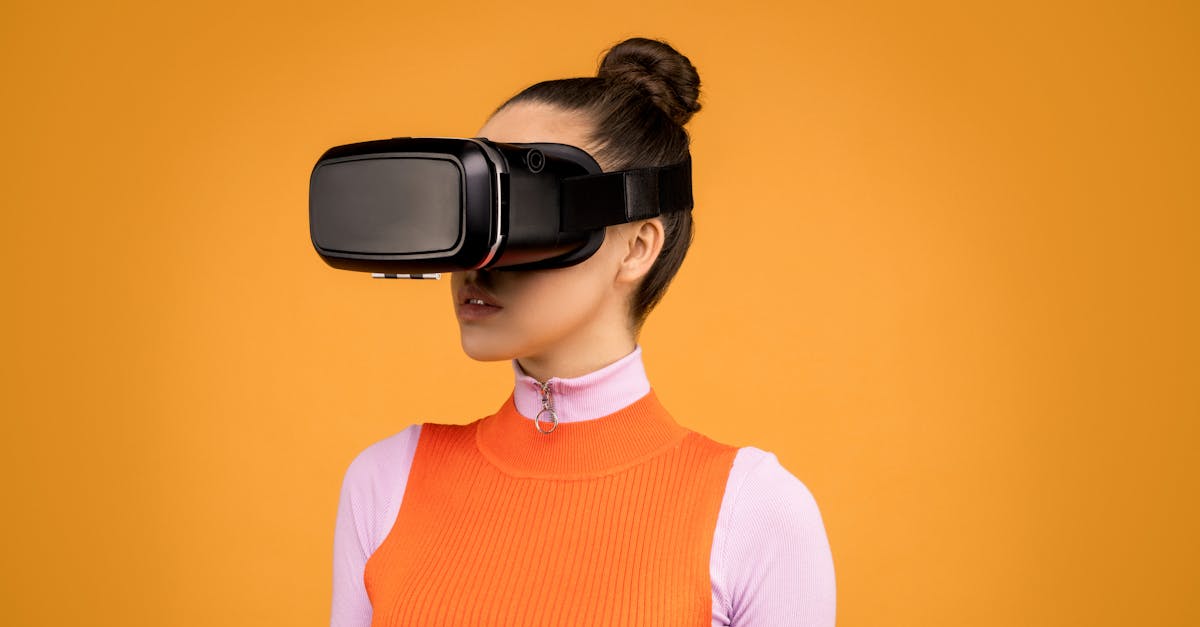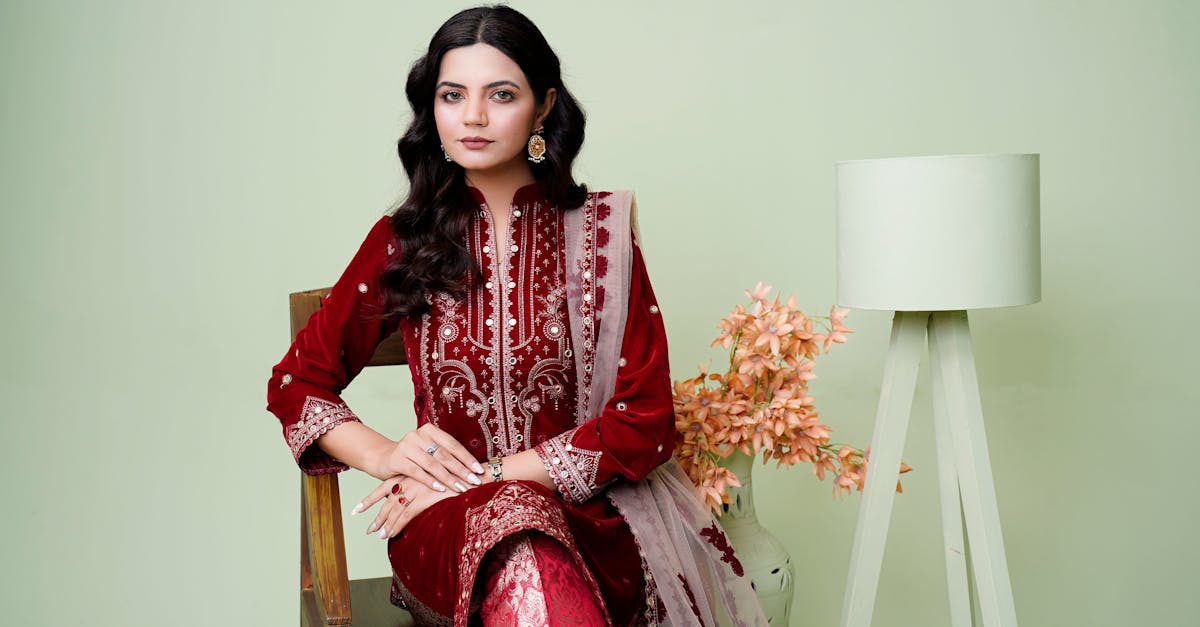Forward Thinking Fashion Insights 2030
Introduction
By 2030, the fashion industry is expected to undergo transformative changes driven by innovation, sustainability, and inclusivity. As we look ahead, the fashion landscape is poised to redefine itself, embracing new technologies and shifting consumer values. With advancements in digital design, sustainable practices, and personalized shopping experiences, fashion is set to become more conscious, adaptive, and accessible. How will these trends influence the fashion industry and consumers alike? What role will technology play in revolutionizing traditional fashion practices? Join us in exploring forward-thinking fashion insights for 2030 and envisioning a future where fashion becomes a force for positive change.
Advertisement
The Rise of Digital Fashion
By 2030, digital fashion is anticipated to become a mainstream phenomenon, redefining how people interact with clothing. Digital garments allow designers to showcase creations in virtual realms, where avatars don digital outfits rather than physical ones. Platforms such as augmented reality (AR) and virtual reality (VR) will provide opportunities for immersive fashion experiences, enabling customers to "try on" clothes from the comfort of their homes. Virtual fashion shows streamed to global audiences will further facilitate inclusivity and accessibility. Leading designers are already embracing digital collections, signaling a shift towards a more tech-forward and sustainable fashion industry.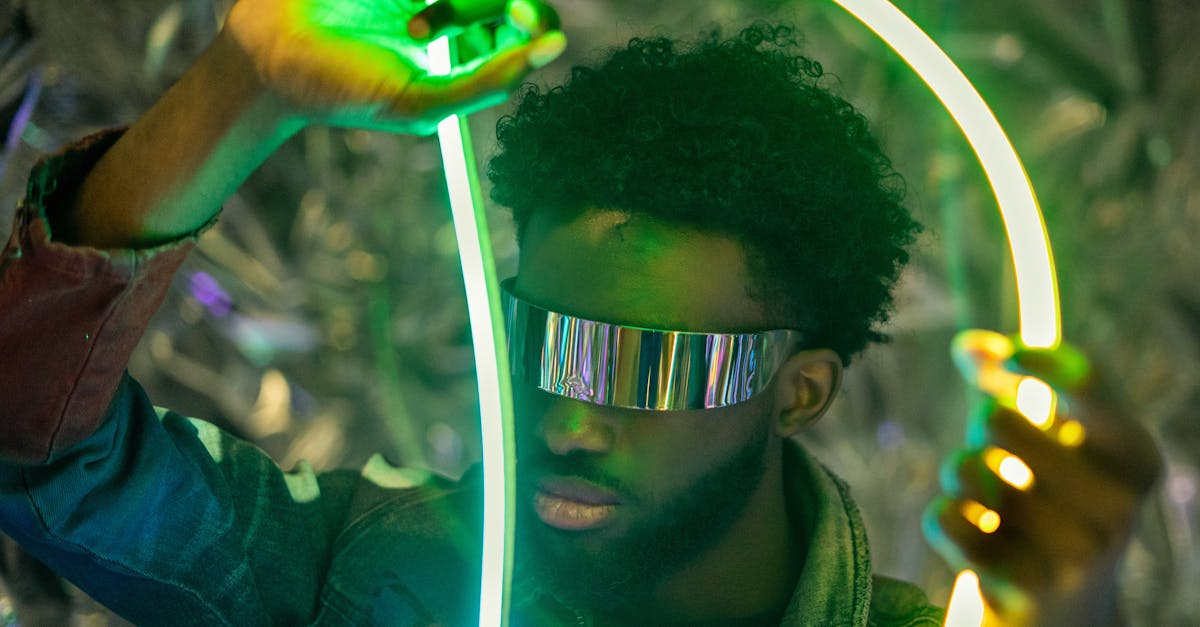
Advertisement
Sustainability as the Fashion Mantra
Sustainability has transitioned from a buzzword to a fundamental mantra in the fashion industry. By 2030, eco-friendly practices will be non-negotiable, with brands striving for circularity in their operations. Innovations in fabric production, such as biodegradable textiles and plant-based materials, will minimize environmental impact. Clothing rental and resale platforms will gain popularity, fostering a more sustainable consumer culture. Moreover, designers are likely to focus on producing high-quality, timeless pieces that withstand fast-fashion trends. With heightened awareness, consumers will demand transparency and responsibility from brands, propelling sustainability into a core business objective.
Advertisement
Embracing Technology for Personalized Experiences
Technology will reshape the fashion industry by offering personalized shopping experiences tailored to individual preferences. Powered by artificial intelligence (AI), brands will leverage data analytics to provide tailored recommendations, improving customer satisfaction. AI-driven virtual assistants will guide consumers through their shopping journeys, creating seamless experiences. Moreover, 3D printing will allow for customizable clothing, where customers can design garments to match their unique style. The fusion of technology and fashion will enable consumers to express their individuality like never before, leading to truly personalized wardrobes.
Advertisement
Inclusivity and Diversity as Fashion Norms
Inclusivity and diversity are rapidly becoming cornerstones of the fashion industry, reflecting societal shifts. By 2030, diverse representation across age, ethnicity, gender, and body shapes will be commonplace in fashion campaigns and runways. Brands will prioritize authenticity and representation, creating collections that cater to a wider array of identities and experiences. Adaptive fashion, designed for people with disabilities, is expected to advance inclusivity further. Fashion will serve as a platform for self-expression, celebrating the beauty of diversity and challenging traditional stereotypes, resulting in a more inclusive fashion world.
Advertisement
Slow Fashion Movement Gaining Momentum
As fast fashion's impact on the environment becomes unsustainable, slow fashion will rise in prominence by 2030. This movement encourages mindful consumption, emphasizing quality over quantity, ethical production, and craftsmanship. With a focus on longevity, slow fashion encourages consumers to invest in versatile, high-quality pieces that last. Craftsmanship and artisanal techniques will gain value, attracting consumers seeking authenticity. The slow fashion movement aims to shift the industry's priorities from immediate gratification to conscientious choices, leading to reduced waste and a more sustainable future for fashion.
Advertisement
Innovative Retail Spaces and Experiential Shopping
The retail landscape is set to undergo significant changes, with experiential shopping experiences becoming the norm. By 2030, stores will evolve into multi-sensory environments, engaging customers through interactive displays, live demonstrations, and personalized styling services. Technology like interactive mirrors and AI-driven customer analytics will enhance the shopping experience, providing tailored recommendations. The line between online and offline shopping will blur, with seamless integration allowing for a frictionless customer journey. This shift will transform retail spaces into hubs for experience, creativity, and innovation, redefining how consumers engage with fashion.
Advertisement
Fashion Technology Collaborations
Collaborations between technology companies and fashion brands will foster innovation and creativity. Wearable technology, such as smart fabrics embedded with sensors, is expected to revolutionize how garments interact with their environment. Fitness trackers, health monitors, and other tech-enhanced apparel will offer functionality while maintaining style. Innovations in nanotechnology, robotics, and biodesign will open new possibilities for design and functionality. The convergence of fashion and technology will not only enhance the fashion experience but also drive innovation, creating exciting possibilities for brands and consumers alike.
Advertisement
Global Influences and Cultural Fusion
The fashion industry will become increasingly influenced by global cultures, embracing diversity and drawing inspiration from around the world. By 2030, fashion designers will explore multicultural aesthetics, enriching their collections with diverse patterns, colors, and styles. The fusion of traditional craftsmanship with modern design will result in innovative and unique creations that resonate with global audiences. Collaborations across borders will encourage cultural exchange and promote understanding, fostering a global fashion community. Aspiring designers and consumers will appreciate cultural authenticity and embrace the beauty of multinational influences.
Advertisement
Conclusion
The fashion landscape of 2030 is set to be one of innovation, inclusivity, and sustainability. As digital fashion and emerging technologies reshape the industry, consumers will enjoy personalized experiences that reflect their unique identities. Sustainability will be at the forefront, with eco-friendly practices and slow fashion gaining popularity. Inclusivity and cultural fusion promise a diverse and representative fashion world that celebrates individuality. As fashion evolves, its aspirational role in society will become even more pronounced, guiding consumers toward conscious and informed choices.
Advertisement


